Now this is a bold statement.
And I wanted to write this because I have been receiving questions about how the upcoming election will affect the stock market.
You will be surprised that my response was, "Don't really know - I don't follow the news".
The reason for that is because of how I prepared my portfolio in a way such that if the stock market goes up, I am happy; and if the stock market were to fall, I am happy as well.
The whole idea is to have a plan that suit your investment style which I will share mine in this blog post.
Here's the breakdown of this blogpost:
- Recognize that the stock market goes up in the long run
- Only Buying Quality Companies
- Portfolio Management
- Using Cash To Sell Cash-Secured Put Options
- Using Cash to Buy Long Calls
The Stock Market In The Long Run

I think most people already realise this - but have not fully anchor this concept.
The stock market goes up in the long run.
However, common sense is not always common practice.
Which is why people tend to sell out of their stocks in panic because they simply couldn't tolerate some of their stocks in the red.
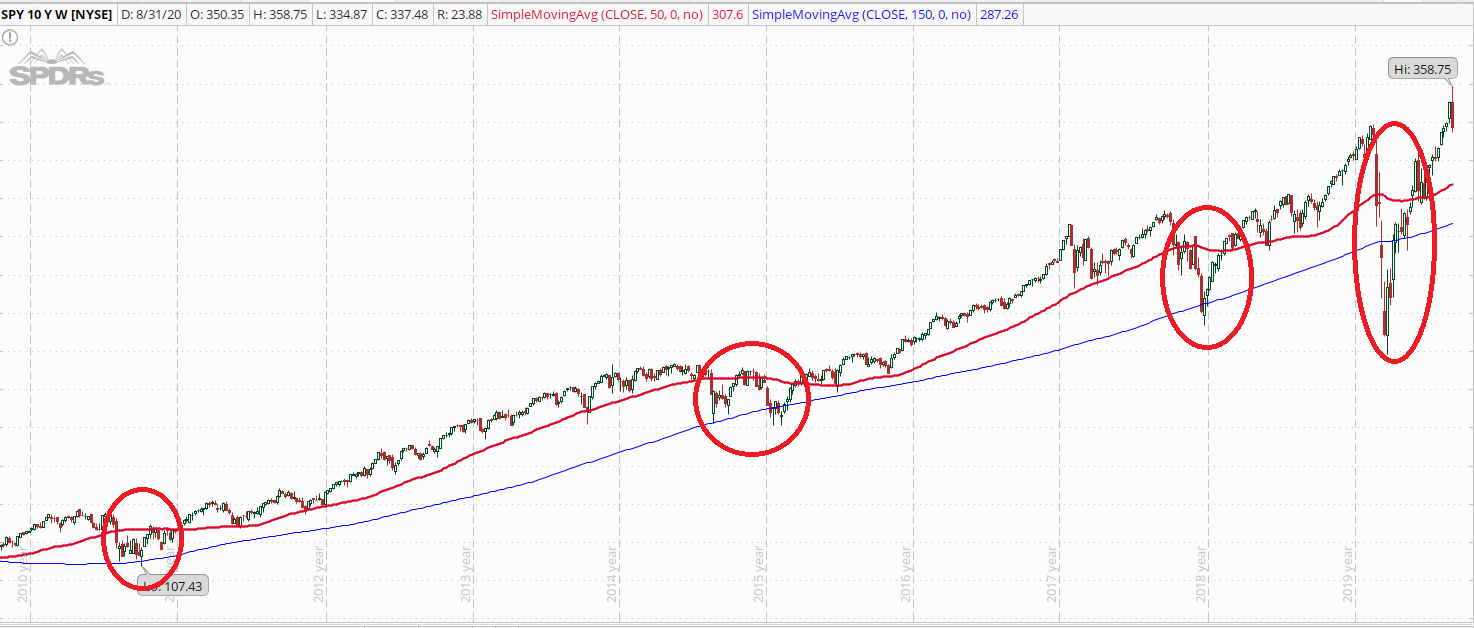
And the times where they usually sold - happens to be the best times to buy stocks.
So why is it that people sell out of their stocks - even though it has been historically proven that the stock market as a whole goes up in the long run?
Well - there are two reasons:
- They are holding poor quality companies that they are not confident will recover
- They invested too much into a single stock (i.e. lack of portfolio sizing)
The first one is so common - which is why in almost all of my blog posts - I always harp on having a personal checklist when it comes to investing.
If you already have an investment checklist of your own, that's great.
If not, you can have my personal checklist right here, and feel free to modify it as you discover your own investing style.

Get Your 8-Point Checklist!
So that you know what stocks
to avoid investing in.
The reason why I advocate a checklist so much - is because you can avoid many poor quality companies that often don't turn out well.
Why is this checklist so important?
Well - it is true that stock market goes up in the long run.
However, this is only true for quality companies - because these quality companies are able to increase their earnings over time.
That is why I am not worried even if the stock market were to fall - because as long as it is reasonably valued, I will just keep collecting more shares.
Notice my language here - I use the term "collect".
We want to be like a stamp collector - where we collect these rare opportunities and only sell them when the price is right.
Many people buy a stock and they are looking to sell it within a few days or months.
However, when we put on a hat of a "collector" - it reminds us that we are not looking for short term profits, but to hold the stock for the long term until it is overvalued.
That is the whole idea of value investing.
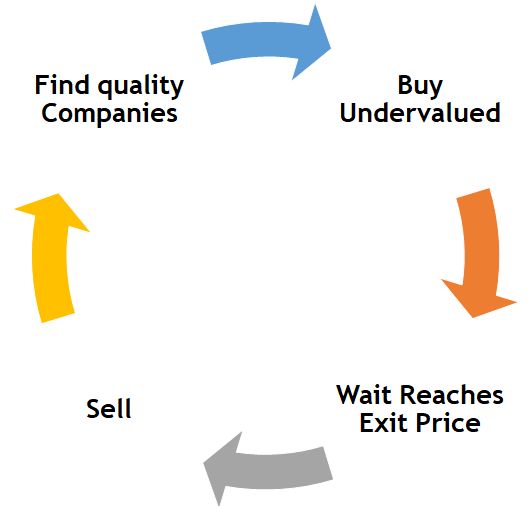
Buying Only Quality Companies

Once we recognise that the stock market goes up in the long run - the next step is to only buy quality companies.
Yes - only buy quality companies.
Many people are buying stocks just because they have fallen in price...and they buy it with the following mindset:
"Oh the stock was at $50 previously - now it is at $24, it is cheap!"
It is worrying when I see people with such a mindset.
One of the stocks that I seen burnt many people was: OXY.
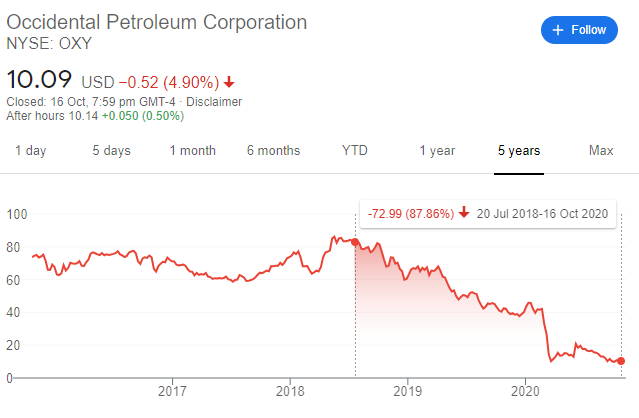
The stock was at $80.
Imagine people who had the mindset of:
"Wow, it used to be $80 and now it is at $40! Its cheap!"
A quick check through the 8-Point Checklist, would have shown you that OXY was a red flag. However still, many investors were caught in this.
So the big idea?
Always use a checklist to find a quality company and collect them at reasonable prices.

Get Your 8-Point Checklist!
So that you know what stocks
to avoid investing in.
Managing A Portfolio

Now that you recognise the importance of investing only in quality companies, let's address the second point which is portfolio management.
As I mentioned, most people sell out of their stocks also because they over invest in a single stock.
While buying quality companies at reasonable prices are good measures to ensure that your portfolio do well in the long run - can things still go wrong?
Well - yes.
Its kinda like if you have the most advanced braking system on a car, the highest quality seatbelt, and the most sophisticated airbag...
...it does not mean that you will not die from a car crash.
For a lack of a better word - shit can still happen.
This is why having a portfolio of quality companies is so important.
Imagine if you have 4 stocks - even if 2 of the 4 stocks do very badly, as long as you have the remaining 2 stocks continue to perform well - your portfolio will still be profitable overall.
Not convinced? Well check this out:
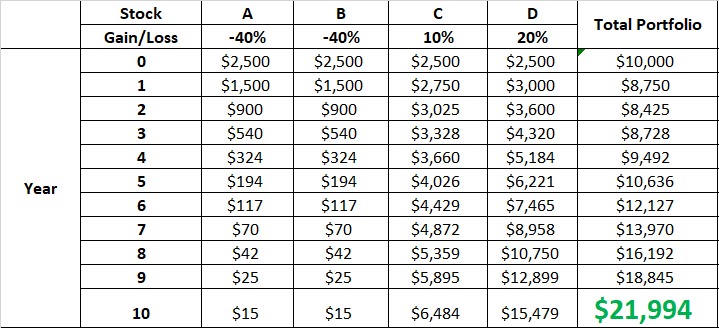
Here's an example of a portfolio of four stocks that started with $10,000.
And you were a complete joker when it comes to picking stocks and you managed to buy Stock A and B which are losing 40% per year.
However, the saving grace was that you had Stock C and D that was silently compounding your money at 10% and 20% every year.
Well, in the long run - noticed that your $10,000 still grew to $21,994 after 10 years.
This is why portfolio management is so important..
Furthermore, if you are buying only quality companies - it is very unlikely for that stock to fall by 40% year on year...
But on the other hand, for a quality company to compound on 10% and 20% on average is actually possible.
Also, when we buy a stock, we want to enter in tranches - this means that if I allocated $3,000 for a single company.
I will split the $3000 in to three separate entries - giving me the opportunity to average down my cost if the share price were to fall.
So you can probably see now, why I am not concern even if the stock market were to fall.
Because I already have a plan in place.
So even if the stock were to fall - I will just collect even more shares 🙂
Using Cash For Cash-Secured Puts

Now, here's the trouble with entering in tranches.
A lot of times, the stock doesn't fall to your second or third entry.
Especially since, you are buying a quality company.
Because of that, you end up keeping a lot of cash in your portfolio that are unused.
For me, I always want to optimise the use of cash.
Otherwise, cash is just going to erode to inflation.
The way I do that, it is by selling cash-secured put options.
This is one of my favorite strategies especially when there is a market correction, where volatility tends to spike up.
Because volatility is very high - which leads to high premium collection.
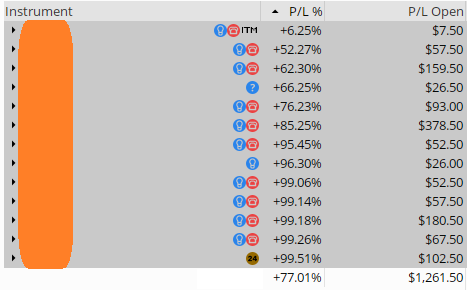
Example of selling put options
To be clear - when I sell a put option - I sell them at strike prices which I don't mind owning the stocks at.
These strike prices are essentially the entry price that I calculated for the company.
So even if these sell put options gets exercised, I actually don't mind owning the shares.
So this is important - I only sell put options for stocks that I want to own and at prices that I don't mind buying them at.
Because of the put options that I sold, I collected option premium in return - and in this case, over $1000+ in option premium.
However, the downside of this strategy is this it requires a decent size portfolio.
Because remember that by selling cash-secured put options, we need to have the cash to own the stocks in the event if the options get exercised.
And I really wanted to find ways where I can optimise the use of cash for smaller-size accounts that are not able to sell put options.
This brings us to the next section.
Using Cash For Long Calls
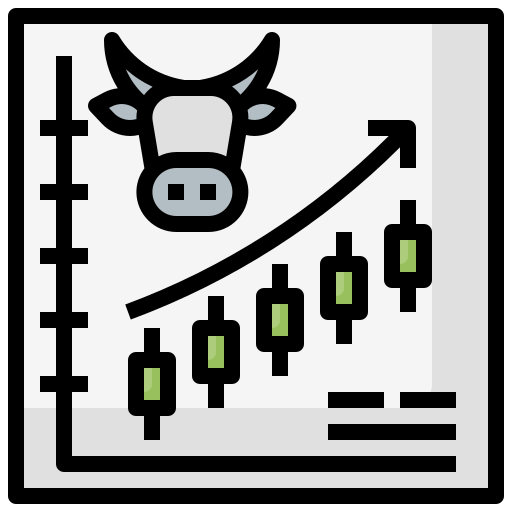
Remember that in value investing, we only buy stocks when they are undervalued.
However, many times - great quality stocks remain overvalued for a long time.
And I just can't bring myself to buy the shares of these companies simply because they are too overvalued.
I then realised a different way to approach these overvalued stocks, which is by buying long calls.
A call option is a great way to use a small amount of capital to invest in a company.
It allows investors to get an exposed position into the company without the need for much capital.
And because the capital is much lesser - the ROI tends to be higher.
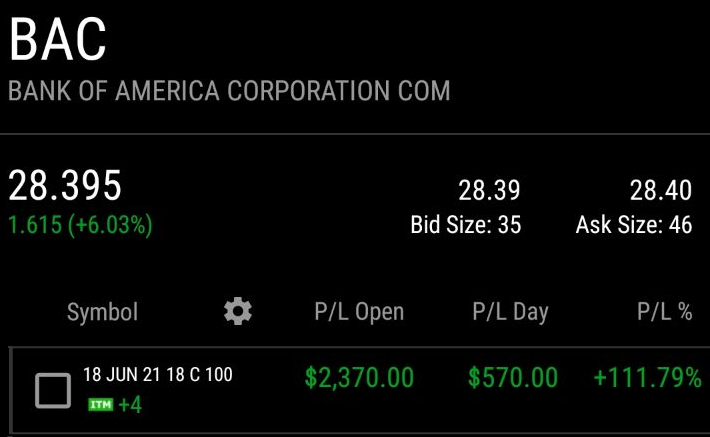
However, please don't be fooled by these numbers.
Because the fact is that, you wouldn't commit a huge amount of your portfolio into call options because of strict portfolio sizing rules.
For example, the BAC trade above is less than 5% of my investment portfolio.
So even though it made a 111.79% return - it is actually just a few percentage gain on my entire portfolio.
Do remember that call options have their own inherent risk - such as time decay, so it always important to follow the strict rules when it comes to using call options.
One of the reasons why this is so powerful is because of the limited cash outlay. So even if the stock market were to fall - you know that your loss is only limited by the option premium that you paid for.
What's Next?
Well - in a nutshell, this is how I structure my portfolio and why I don't really care about the stock market fluctuations.
Simply because, everything is already pre-planned and with proper portfolio sizing, you really shouldn't have much to worry about.
The whole investing strategy is anchored in value investing and optimizing the surplus cash by using either selling put options or buying call options.
For those who are just starting out, you might want to check out the Stock Investing Hub, where I share the key concepts when it comes to value investing.
It is a completely free resource that I built for the purpose of beginner investors.

The Stock Investing Hub
Never get lost in your investments again.
For those who are interested in using options as part of their investments, I am actually currently building a similar resource hub called the Options Investing Hub where I discuss in detail for the selling put option and long call strategy.
The best way to get notified when this is up is to get the 8-Point Checklist, where you will also be automatically added to our newsletter where you get updates when I post new content on my website.
